Mondriaan
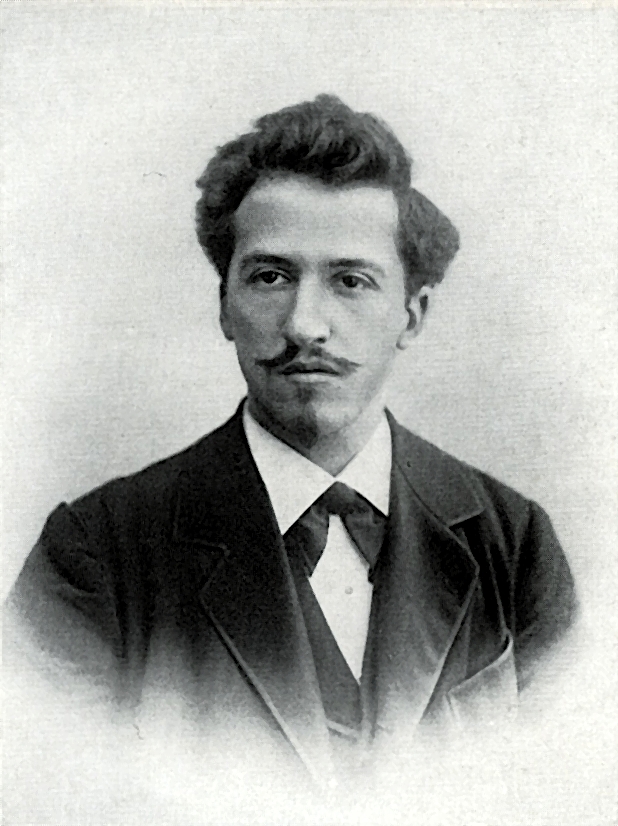
The light of Zeeland. We see it every day and because of this we are, logically, no longer dwell on the particularity of it. Still this bright light of Zeeland has brought us lots of beautifuls. This was for different prominent painters an important reason to perch here. Also for Pieter Cornelus Mondriaan (1872-1944).
In 1908 Mondriaan is spending for the first time two weeks in Domburg. He concentrates at four motifs from Domburg : the church, the lighthouse of Westkapelle, the dunes and the sea. He lived at the Zuidstraat at number 10.
His period in Domburg has been important for his development. For the first time he expressed the colours as he saw them, not as they were. A good example of this is the painting of the church tower. The colours differ from reality. Undoubtedly caused by the light of Zeeland.
As regards to lines Mondriaan adheres however a lot closer to reality. He based at a drawing of the tower whcih he made before. Through the simplification of the planes and the tightening of the colour the image gets a big monumental look. Later on Mondriaan continues with this. All memories about the tower are dropped and he left in a series of drawings only the rhythm of the building. He does the same thing with the lighthouse of Westkapelle.
Finally Mondriaan stayed with intervals until 1916 in Domburg. Here after he established in Laren where he is mainly engaged with writing down his theory in regard to the art of painting. You could find here a review of a number of works Mondriaan made during his stays in Domburg.
Fotogalerie
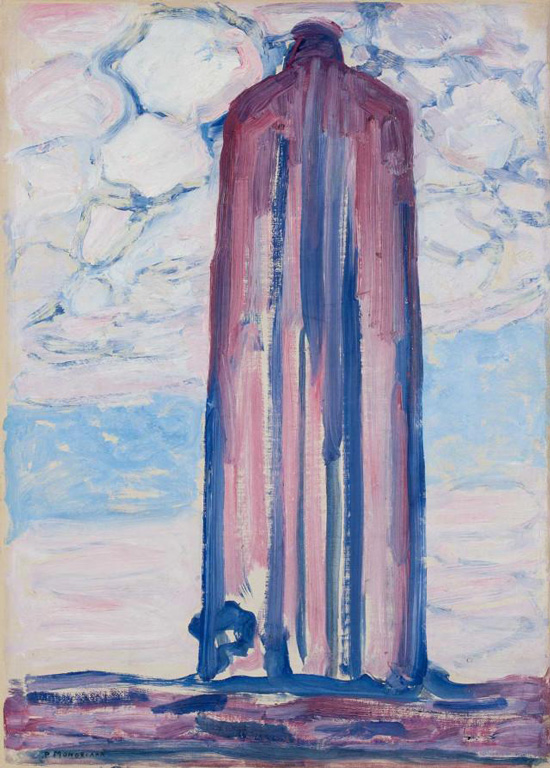
Vuurtoren bij Westkapelle - 1908
Kunstmuseum Den Haag, Den Haag
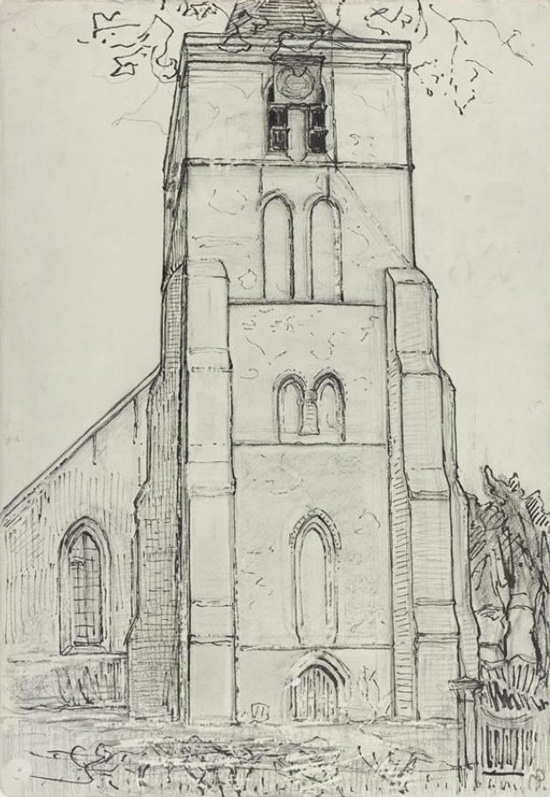
De kerktoren van Domburg - 1909
Kunstmuseum Den Haag, Den Haag
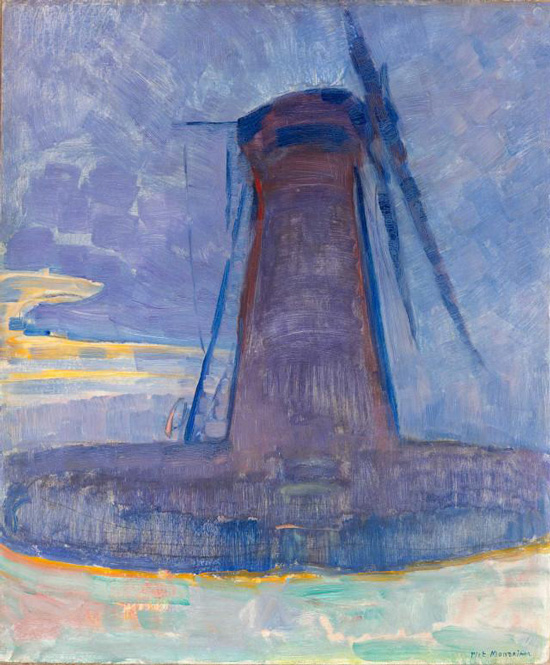
Domburgse molen - 1909
Kunstmuseum Den Haag, Den Haag
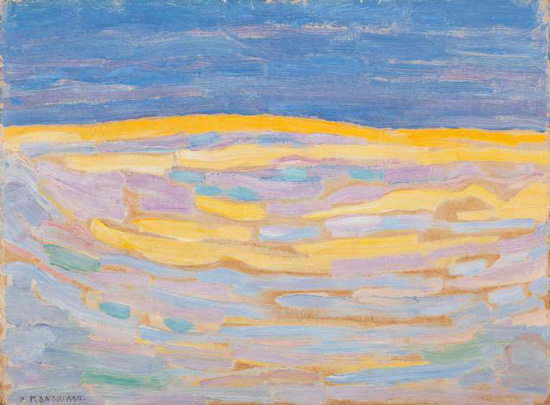
Duin I - 1909
Kunstmuseum Den Haag, Den Haag

Duin II - 1909
Kunstmuseum Den Haag, Den Haag
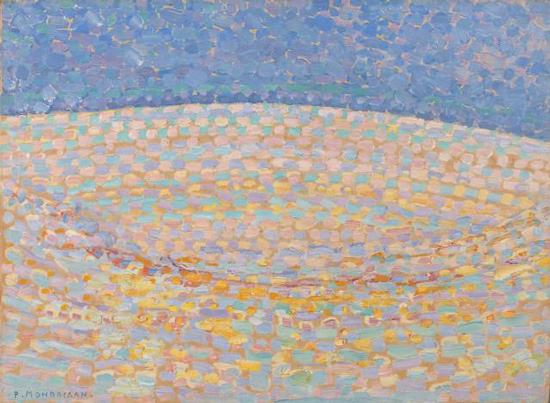
Duin III - 1910
Kunstmuseum Den Haag, Den Haag
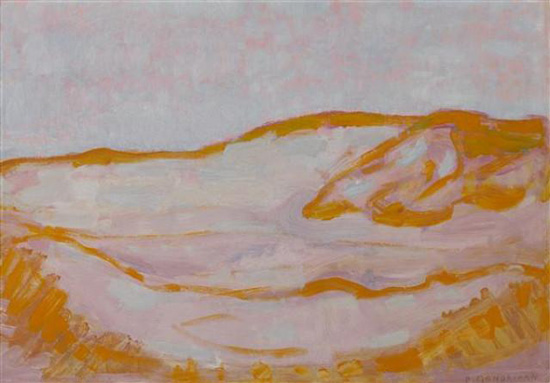
Duin IV - 1910
Kunstmuseum Den Haag, Den Haag
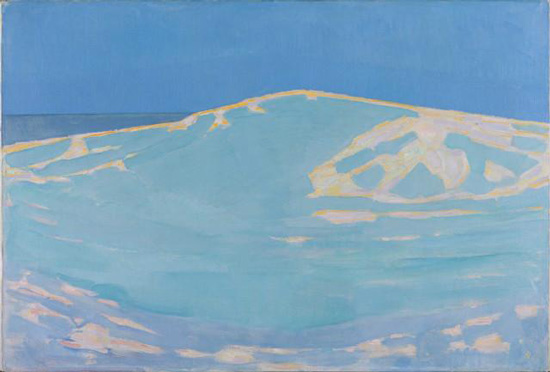
Duin V - 1910
Kunstmuseum Den Haag, Den Haag

Strand bij Domburg - 1909
Kröller-Müller Museum, Otterloo
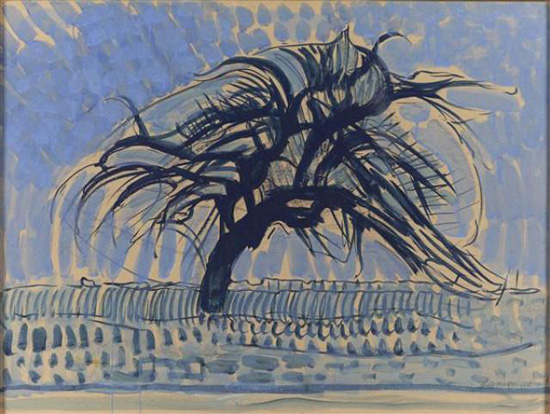
Blauwe boom - 1909
Kunstmuseum Den Haag, Den Haag
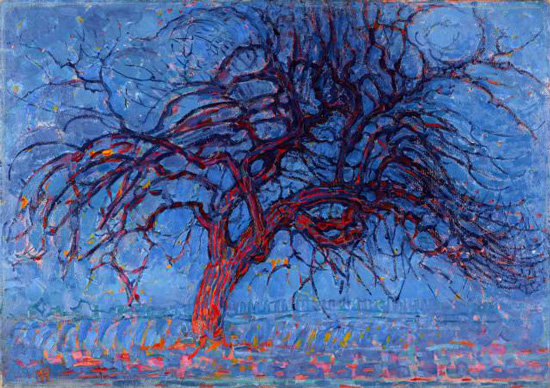
Rode boom - 1909
Kunstmuseum Den Haag, Den Haag
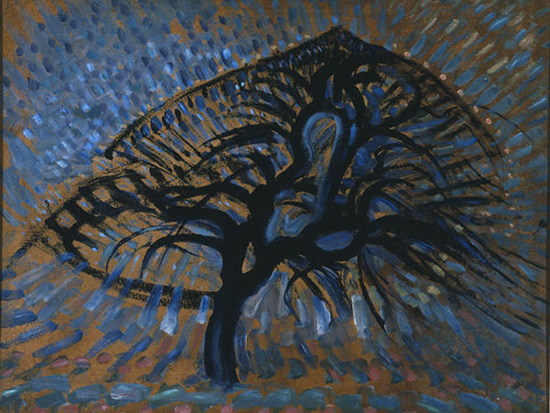
Blauwe appelboom - 1909
Zeeuws Museum
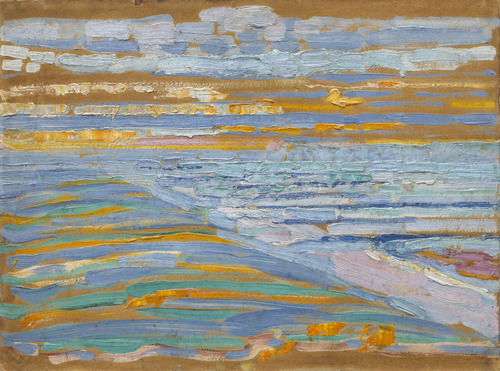
Gezicht op strand en pier vanaf de duinen - 1909
Museum of Modern Art, New York
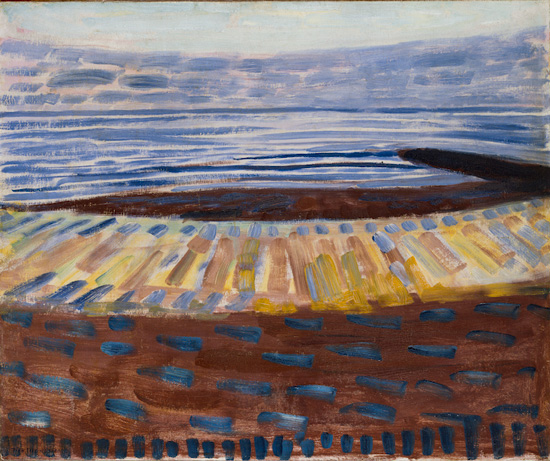
Zee na zonsondergang - 1909
Kunstmuseum Den Haag, Den Haag

Vuurtoren bij Westkapelle - 1909
Kunstmuseum Den Haag, Den Haag

Kerk te Domburg - 1909
Kunstmuseum Den Haag, Den Haag
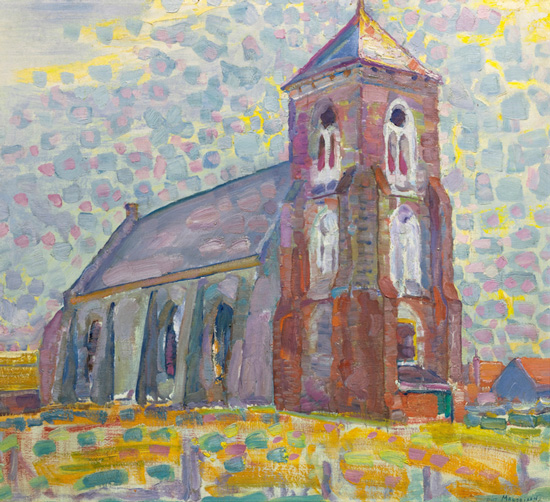
Kerk te Zoutelande - 1909
Privé collectie
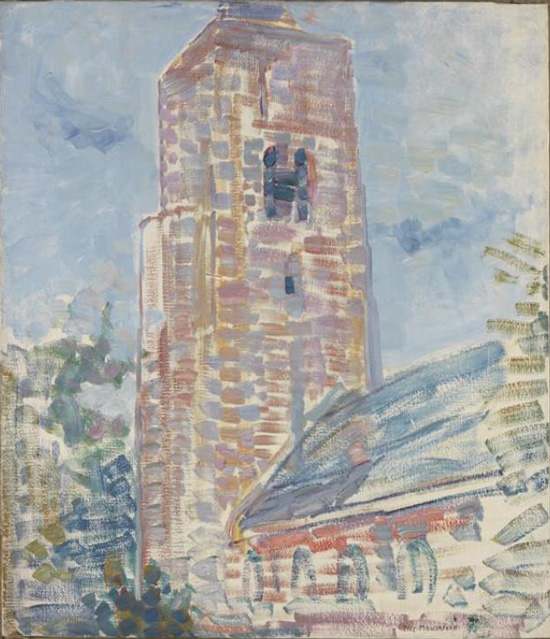
Kerk in Oostkapelle - 1909
Kunstmuseum Den Haag, Den Haag
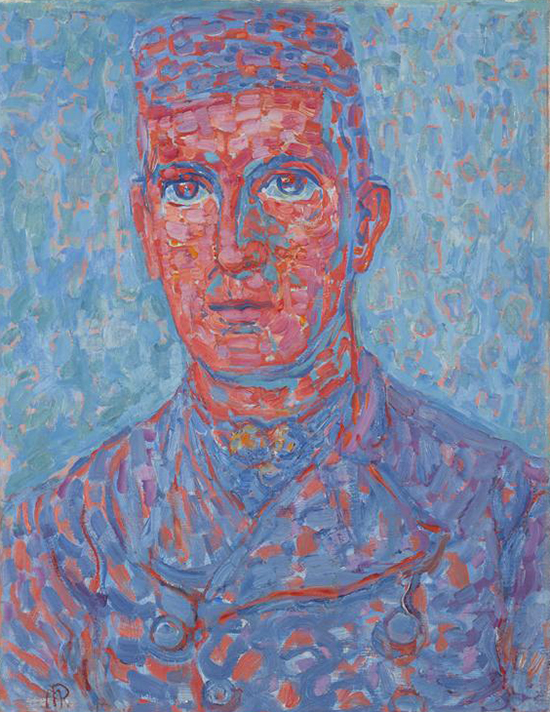
(Jacobs) Ko Wisse
Zeeuwsche boer - 1909
Kunstmuseum Den Haag, Den Haag
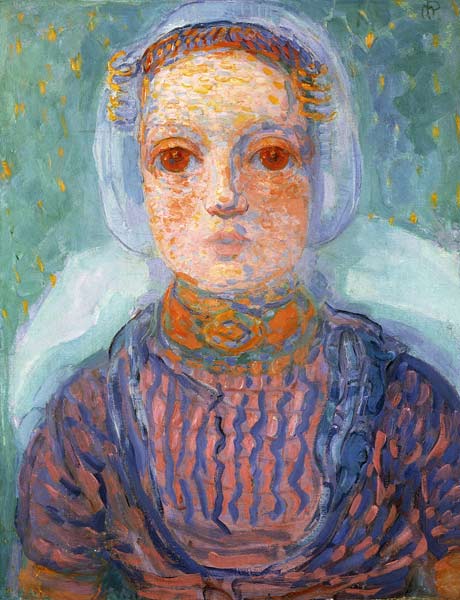
(Adriana Maria) Jaone Wisse
Meisje uit Zeeland - 1910
Privé collectie
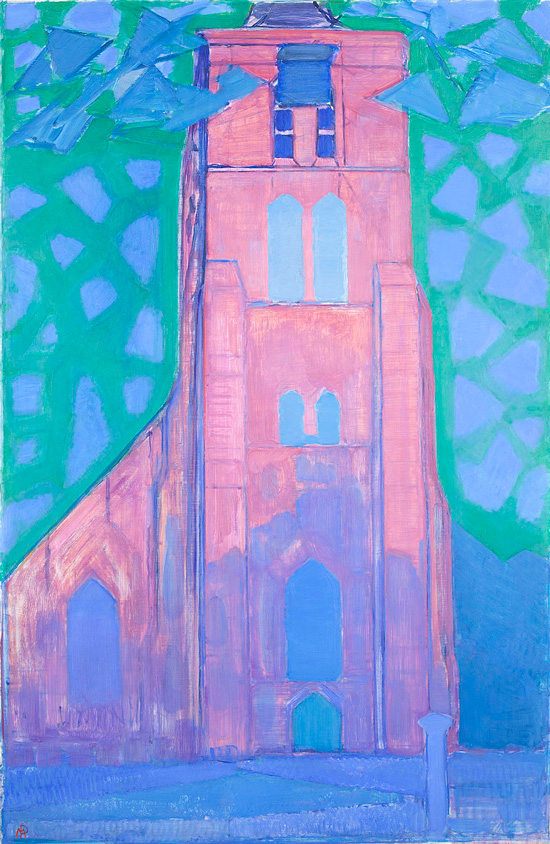
De kerktoren van Domburg - 1911
Kunstmuseum Den Haag, Den Haag
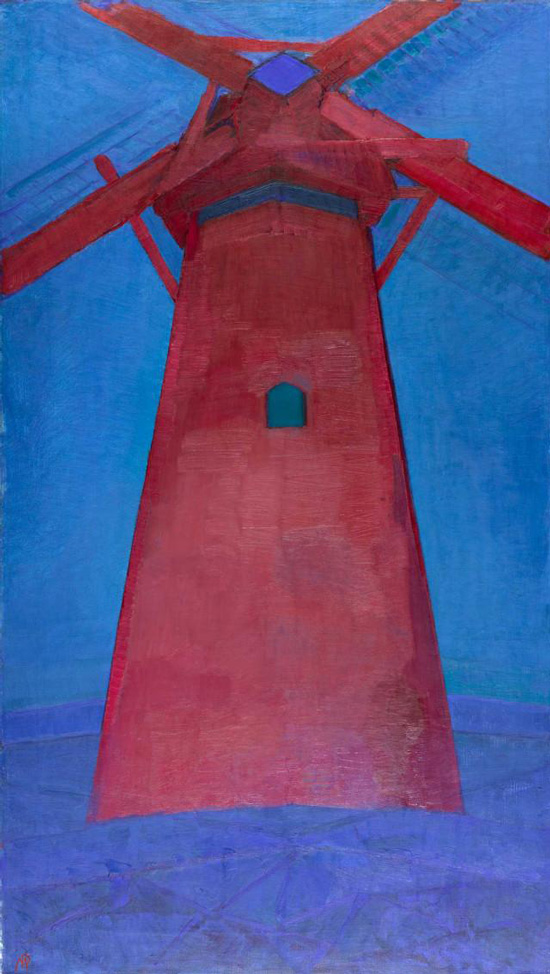
De rode molen - 1911
Kunstmuseum Den Haag, Den Haag

De grijze boom - 1911
Kunstmuseum Den Haag, Den Haag
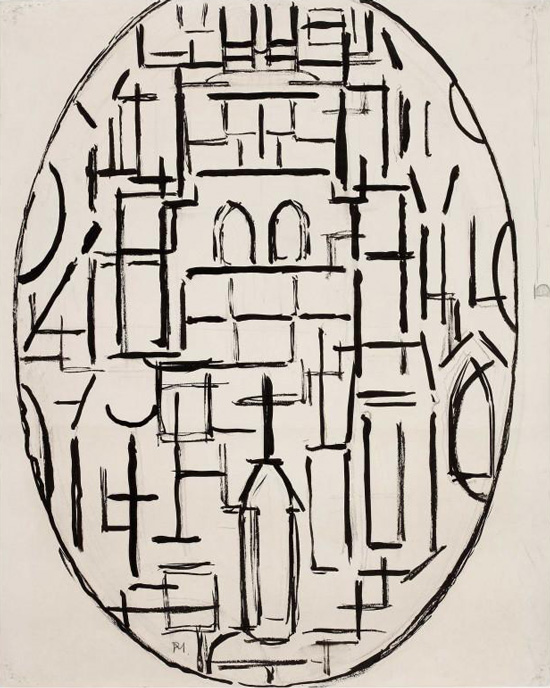
De kerktoren van Domburg - 1914
Kunstmuseum Den Haag, Den Haag

Domburg Piet Mondriaan Route
- Protestant Church – c. 1250;
This Protestant church was painted several times by Mondriaan. - Hoge Hil;
The Hoge Hil still inspires poets and painters. Enjoy the view. On sunny days you can clearly see the lighthouse of Westkapelle and the Belgian coast. - Mondriaan Bench – 1989;
The Mondriaan Bench connects past and present. As early as 1647, remains of a Nehalennia temple were discovered near Domburg. The native goddess Nehalennia, often depicted with a dog at her feet and a bowl of apples on her lap, was probably a Roman-era protector of shipping and trade. She sits on a bench painted in Mondriaan style (red-blue-yellow-black) by artist Guido Metsers, embodying the old custom of the 'klapbank', where local news was discussed as if in a people's court. The plaque on the Mondriaan Bench reads: 'This is not a bench for conversation. Rather a Court in meditation'. - Mantelinge Forest;
This forest, with its twisted branches, was also captured multiple times by Mondriaan. - Marie Tak van Poortvliet Museum;
The museum hosts exhibitions twice a year about artists with a connection to Zeeland. - Weltevreden Windmill – 1817;
The Weltevreden windmill in Domburg was also painted several times by Mondriaan.
